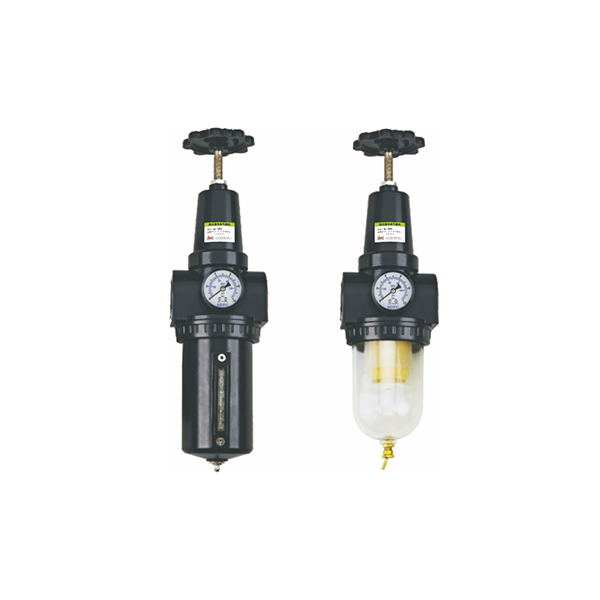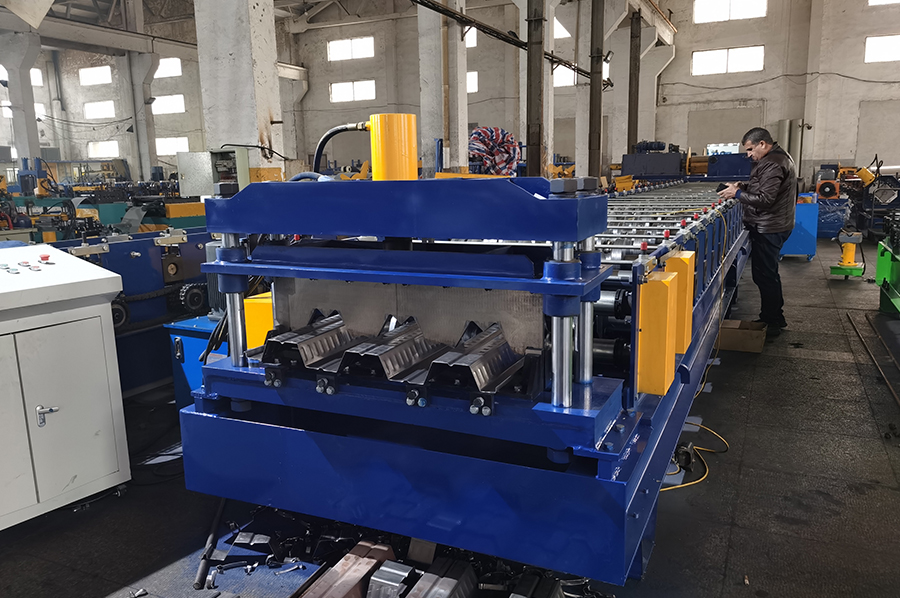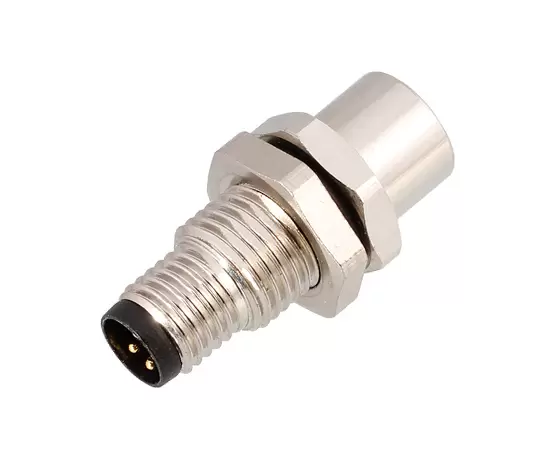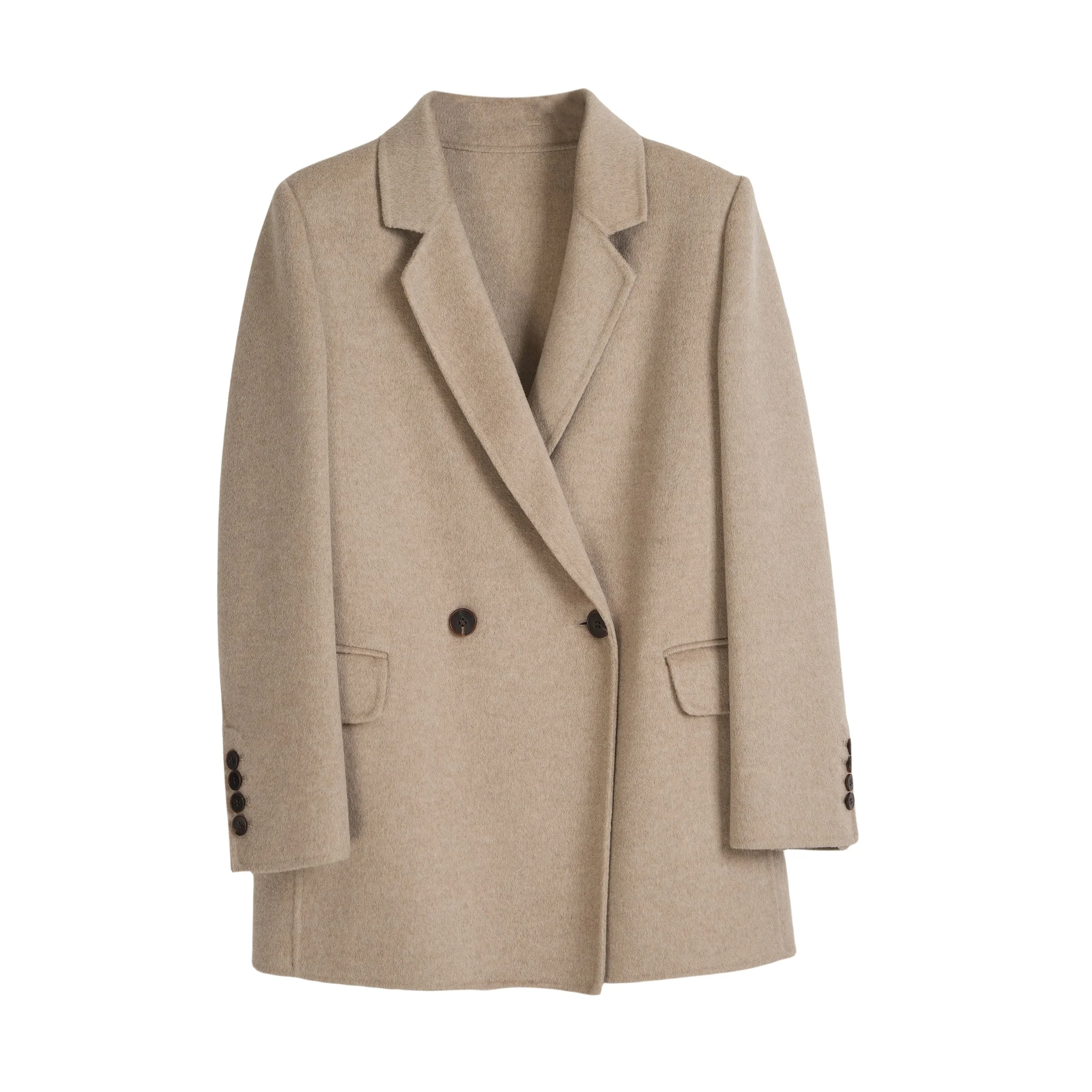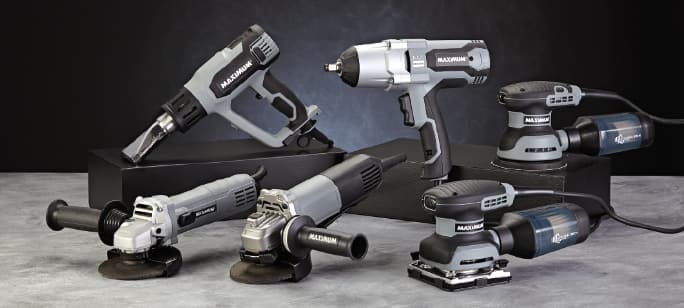
Pliers are one of the most versatile tools in any toolbox. They come in various shapes and sizes, each designed for a specific task. From gripping and twisting to cutting and bending, pliers are essential for any DIY project or professional job. In this article, we will explore the different types of pliers and their uses.
- Slip Joint Pliers
Slip joint pliers are the most common type of pliers. They have an adjustable pivot point that allows the user to adjust the jaw size for different tasks. They are ideal for gripping and holding objects of various sizes. - Needle Nose Pliers
Needle nose pliers have a long, pointed jaw that is perfect for reaching into tight spaces. They are commonly used for bending and shaping wire, as well as for holding small objects. - Cutting Pliers
Cutting pliers come in various shapes and sizes, including diagonal cutters, end cutters, and wire cutters. They are designed for cutting through different materials, such as wire, cable, and metal. - Locking Pliers
Locking pliers, also known as vise-grips, have a locking mechanism that allows them to clamp onto an object and hold it firmly in place. They are ideal for gripping and holding objects that are difficult to handle. - Tongue and Groove Pliers
Tongue and groove pliers, also known as channel locks, have a unique jaw design that allows them to grip objects of various sizes. They are commonly used for plumbing and electrical work. - Snap Ring Pliers
Snap ring pliers are designed for removing and installing snap rings, which are commonly found in automotive and machinery applications. They come in internal and external varieties, depending on the type of snap ring. - Fencing Pliers
Fencing pliers are designed for use in the agricultural industry. They have a hammer head for driving in fence staples, a wire cutter for cutting through fencing wire, and a jaw for gripping and bending wire.
In conclusion, pliers come in various shapes and sizes, each designed for a specific task. Whether you are a DIY enthusiast or a professional tradesperson, having the right type of pliers in your toolbox can make all the difference. By understanding the different types of pliers and their uses, you can choose the right tool for the job and get the job done efficiently and effectively.

